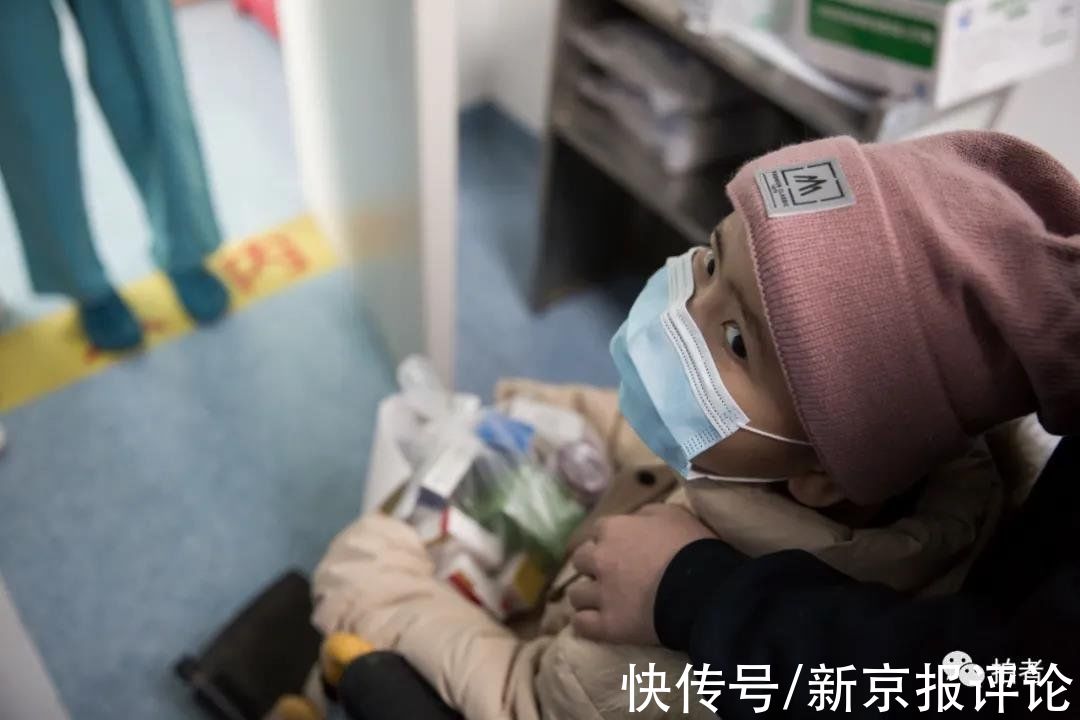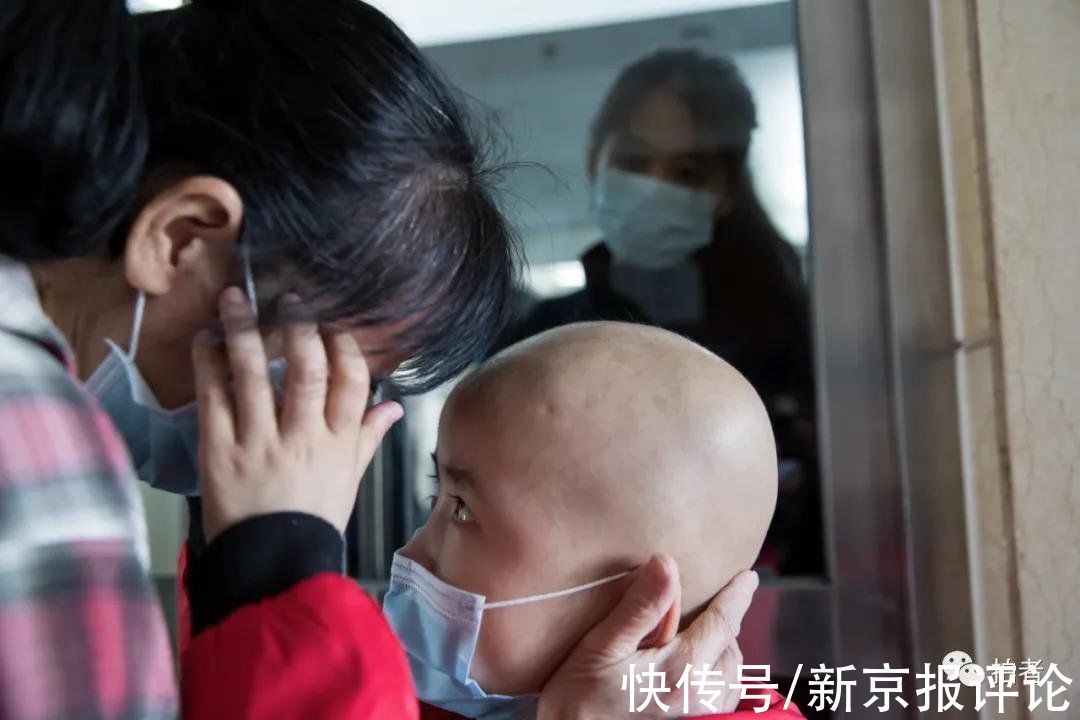
The “China Plan” for the prevention and treatment of rare diseases is actually a set of policies that put “life first”.

On November 5, 2020, a rare disease patient photographed by a reporter from the Beijing News. Beijing News data map
Beijing News editorial
The last day of February every year is International Rare Disease Day. In my country, there are about 20 million rare disease patients, with more than 200,000 new patients every year. Since 2018, relevant departments have continuously promoted the “China Plan” to solve the problem of rare disease prevention and treatment through measures such as formulating a rare disease catalogue, establishing a national rare disease diagnosis and treatment cooperation network, and establishing the China Rare Disease Alliance.
Rare diseases have many types, low incidence and few clinical studies, which have become a major medical problem faced by human beings. However, due to the large population base, the absolute number of rare disease patients is actually quite large in my country.
Some analysts say that, among the 20 million rare disease patients in the country, if their families are included, rare diseases are almost directly related to 10% of the population of the whole society. It can be said that promoting the prevention and treatment of rare diseases is also a major event that concerns the vital interests of hundreds of millions of people.
It is not too early for rare diseases to enter the public eye in my country, but in recent years, with the intervention of the state, the relevant prevention and control actions can be said to have progressed rapidly.
For example, in 2018, the National Health Commission and other departments jointly issued the “First Batch of Rare Disease Catalogues”, which gave the official definition of rare diseases for the first time; Disease diagnosis and treatment cooperation network, relatively centralized diagnosis and treatment and two-way referral for patients; starting from March 1, 2019, the first batch of 21 rare disease drugs and 4 APIs will receive VAT concessions…
Yes It can be seen that the “Chinese plan” for the prevention and treatment of rare diseases is actually a combination of policies and a vivid practice of “people first, life first”.
The data released by the National Medical Insurance Bureau shows that, on the basis of the previous ones, in January this year, another 7 kinds of rare disease drugs entered the National Medical Insurance Drug List. Among them is the Nosinagen Sodium Injection for the treatment of spinal muscular atrophy. The price has dropped from the “astronomical price” of 700,000 yuan per injection to only a few thousand yuan after medical insurance reimbursement. Similar measures have immediately reduced the burden of treatment and medication for patients.

On October 30, 2020, a child with a rare disease was comforting his mother. Beijing News data map
Whether it is to promote the establishment of the definition of rare diseases, or to reduce taxes for rare disease drugs and raw materials, or to improve the approval efficiency of related drugs, and to promote the inclusion of drugs in medical insurance, it actually shows that the government The power of the visible hand.
This “strong intervention” has significantly increased the attention of the entire society to rare diseases. Therefore, in recent years, the prevention and treatment of rare diseases has repeatedly appeared as a public issue in the public opinion field, and many enterprises and social organizations have also actively participated in it.
A considerable number of patients directly benefit from this in seeking medical treatment and medication, and pharmaceutical companies and scientific research institutions also have more motivation in drug development and production. It can be said that the “positive cycle” of rare disease prevention and treatment in my country is taking shape.
Compared with common diseases, due to the low incidence of rare diseases, breakthroughs in treatment technology, and the supply of drugs, if they are “regulated” purely by market laws, there will inevitably be blind spots.
In this context, the government’s active intervention has made up for the lack of market regulation, and its role is irreplaceable. The practice in the past few years has also fully proved that this approach is effective.
Of course, rare diseases are a social problem and a systematic project. At present, there are still many gaps in our understanding of rare diseases. The prevention and treatment of rare diseases is destined to work for a long time, so that the effective “Chinese plan” will continue to be improved and optimized.
At present, the National “Two Sessions” are about to be held, and some members of the CPPCC have put forward suggestions, including jointly exploring the medical insurance mechanism for rare disease drugs, and including related drugs into commercial health insurance, so as to solve the problems of patients with greater efforts. It is difficult to take medicine and see a doctor.
In addition, considering that 80% of rare diseases are related to genetic variation, it is equally important to strengthen related prevention and screening.
It is reported that during the “14th Five-Year Plan” period, the state will also allocate 300 million yuan of funds for multidisciplinary cooperative diagnosis and treatment of rare disease patients, genetic testing and consultation of patients and family members, and training of doctors’ diagnosis and treatment capabilities.
With the active guidance and bottom-up of the government, and mobilizing the enthusiasm of all parties in the society, in the prevention and treatment of rare diseases, we will be able to continuously approach the goal of “not leaving a single patient behind”, so that ” The China Plan” has rekindled the hope of thousands of families.
Editing | Ma Xiaolong
Proofreading | Zhang Yanjun